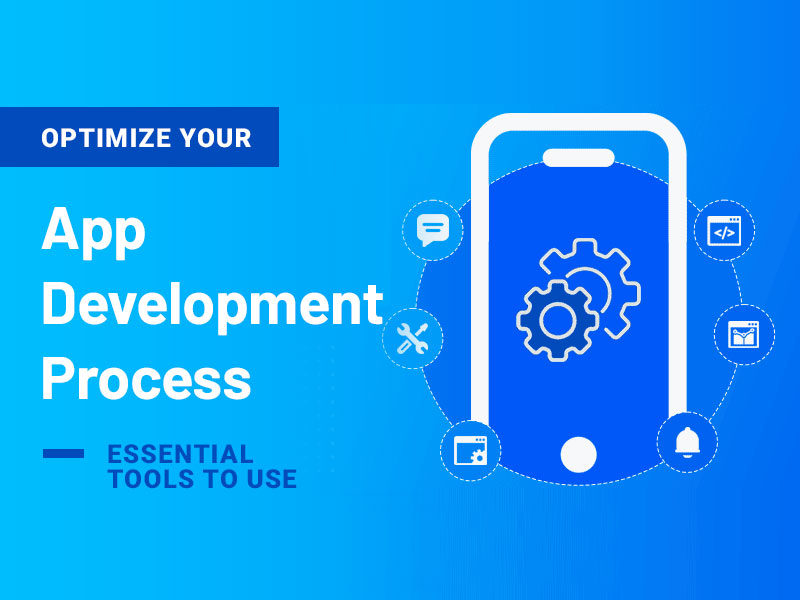Did you know that in February 2023, a staggering 87,000 mobile apps were introduced on the Google Play Store?
Yes, you read that right! But that’s just the number of freshly released apps.
When we count the existing ones on Android and iOS, the number runs into millions. Now, you might be asking, “What does this mean for me, an app developer?” Well, with such a saturated market, crafting a unique, standout app is more critical than ever.
To achieve this, you’ll need the right tools. So, let’s dive into what these tools are and how they can help you during app development.
Wireframing and Prototyping Tools
Before diving into actual development, having a clear vision of your app’s structure and functionality is crucial. That’s where wireframing and prototyping tools come in. These tools allow you to create a visual blueprint outlining your app’s layout, navigation, and interactive elements.
These tools provide a user-friendly interface. Thereby, you can arrange and organize different elements such as buttons, menus, and screens.
As a result, you can get a clear idea of how the app will look and function in real life. This enables you to make informed decisions and gather feedback from stakeholders while reducing misunderstandings and rework (which is, of course, time-consuming and expensive).
Application Deployment Tools
A successful application is one that’s easily deployed to numerous platforms and environments, and for that, developers need application deployment tools. In simple terms, they help developers take their finished app and make it available for users to download and use.
One popular application deployment tool is Heroku. It’s a cloud-based platform that allows developers to deploy, manage, and scale their applications with ease. It offers a user-friendly interface and handles infrastructure provisioning and server configuration.
Nevertheless, despite its popularity, Heroku does have its limitations and issues. For instance, it may not be the most cost-effective option for large-scale applications or those with high traffic volumes.
Fortunately, there are alternatives to Heroku available in the market. Platforms like Railway, Google App Engine, or Microsoft Azure App Service offer similar deployment capabilities while providing more flexibility, scalability, and cost optimization options. So, you must explore these alternatives and choose the one that best suits your specific requirements.
Automated Testing Tools
Last but not least, automated testing tools help you ensure the stability and functionality of your apps by automating the testing phase.
Simply put, instead of manually testing every feature and scenario, automated testing tools allow you to create test scripts that simulate user interactions and check for bugs or errors.
It’ll help identify issues early in the development cycle, reducing the cost and effort required for bug fixing later. Using these tools, you can save valuable time and improve the overall quality of your app.
Ultimately, it’ll help you beat the competition by enhancing app reliability and performance- offering a great user experience.
Related: 7 Essential Stages of App Development
To Sum It All Up
Optimizing your app development process is crucial for delivering a high-quality app on time and within budget. By utilizing the tool discussed above, you can streamline your workflow, enhance collaboration, and improve the overall success of your app that meets your business objectives efficiently.







